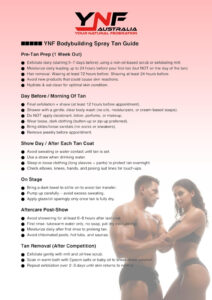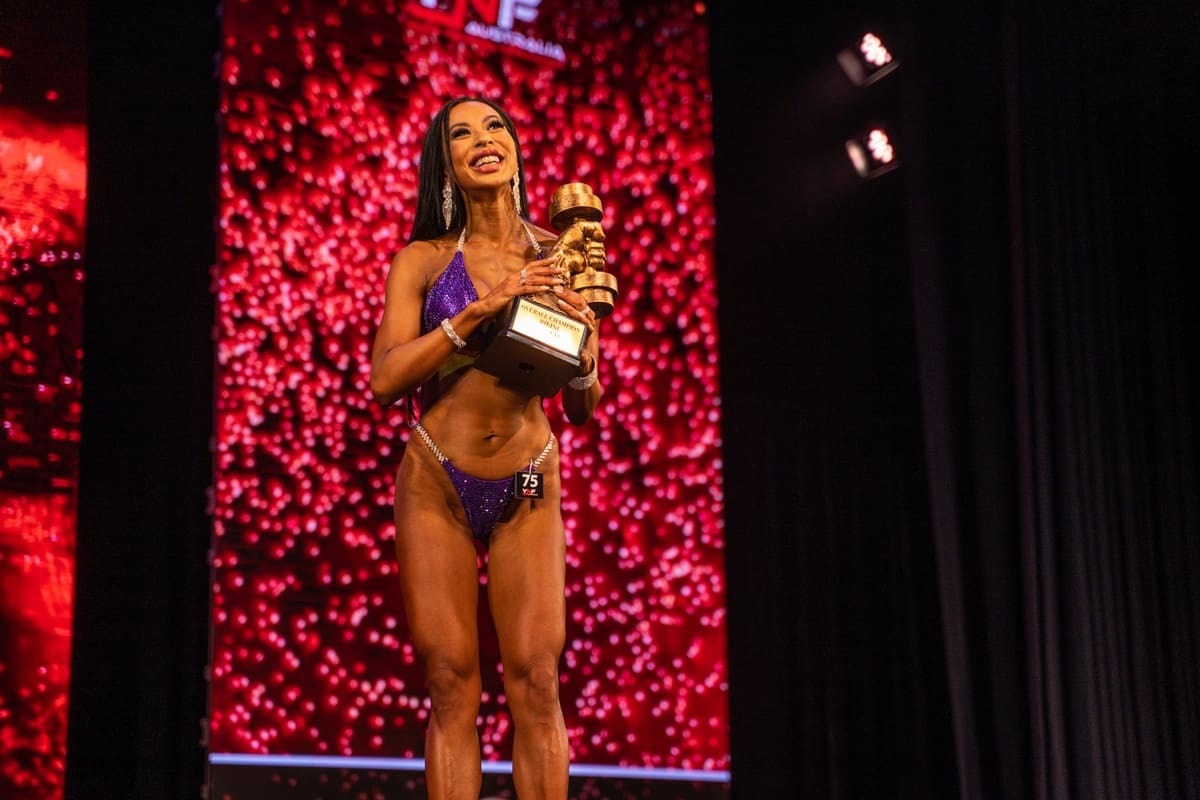
Next Show:
4 Oct
Next Show:
4 Oct

Women’s bodybuilding has come a long way since its inception in the early 20th century. What started as a niche sport for a few has now evolved into a celebrated and inclusive discipline that has shaped the lives of countless women across the globe.
This article explores the transformation of women’s bodybuilding, tracing its roots from the 1930s to the present day and highlighting the key events, personalities, and cultural shifts that have shaped the sport we know today.
The origins of women’s bodybuilding can be traced back to the 1930s when strong women and physical culture enthusiasts, like Abbye “Pudgy” Stockton, began to make their mark on the fitness world. Stockton pioneered female strength training and is often called the “queen of muscle beach,” a title she earned through her impressive feats of strength and dedication to promoting women’s weightlifting.
The 1940s saw the rise of several other prominent female strength athletes, including Vera Christensen, Steve Reeves, and Joan Rhodes. These early trailblazers paved the way for future generations of female bodybuilders, breaking down misconceptions that women were incapable of strength training and laying the foundation for a global movement.
The 1950s saw the first organised female bodybuilding competitions, with events like the Miss Physique Contest in London and the Miss Americana in the United States beginning to showcase the aesthetic potential of female muscle. However, these events were still relatively small-scale and often overshadowed by male bodybuilding competitions.
The 1970s marked a turning point for women’s bodybuilding as the sport began to take on a more professional and mainstream image. The first organised women’s bodybuilding competition occurred in 1977 in Canton, Ohio, and was called the “Miss Americana.” This event paved the way for the first-ever International Federation of BodyBuilding & Fitness (IFBB) Women’s World Bodybuilding Championship, held in 1979 and won by the legendary Doris Barrilleaux. The 1970s also saw the creation of the National Physique Committee (NPC), which would become the premier amateur bodybuilding organisation in the United States.
The 1980s are often called the “Golden Era” of women’s bodybuilding, as the sport reached new heights of popularity and recognition. 1980 the first-ever Ms Olympia contest featured the top female bodybuilders worldwide. Ms Olympia quickly became the most prestigious title in women’s bodybuilding, with legends like Cory Everson, Lenda Murray, and Bev Francis dominating the stage throughout the decade.
The 1980s also saw the rise of female bodybuilding icons like Rachel McLish, who became the first-ever Ms Olympia winner and helped to popularise the sport through her numerous media appearances and bestselling fitness books.
The 1990s and 2000s saw the continued growth and evolution of women’s bodybuilding, introducing new competition categories like fitness, figure, and bikini, which catered to a broader range of female athletes and body types. These new divisions helped to make the sport more accessible and inclusive, attracting a wider audience and encouraging more women to take up strength training and compete on stage.
Today, women’s bodybuilding has become a global phenomenon, with athletes from all walks of life and backgrounds participating in competitions at every level, from local amateur shows to the prestigious Olympia stage.
The history of women’s bodybuilding is a testament to the resilience, determination, and passion of female athletes who have faced numerous challenges and obstacles in pursuing physical excellence and recognition in a traditionally male-dominated sport. Over the years, women’s bodybuilding has evolved and expanded to include a variety of competitive categories that celebrate diverse body types, athletic abilities, and aesthetic preferences. This has allowed more women to participate in the sport and showcase their strength, dedication, and hard work.
The establishment of the YNF federation in Perth, Western Australia, by Debi & Paul Comport and Andric Liew in May 2021 has significantly transformed competitive events. Our innovative approach to organising shows and events has already substantially impacted the industry, promising a brighter, more streamlined future for everyone involved. For further information or inquiries about joining bodybuilding in Australia, contact us directly, ensuring to stay connected and updated with our dynamic organisation.
We feel bodybuilding has become extremely complicated over the years, with too many crossovers. We have simplified this by limiting crossovers. We feel it will make it better for the competitors, coaches, judges and audience. Athletes will know which category fits their physique.
Drug testing is done on the day of competition. Athletes are chosen by judges. If a competitors test comes back positive, it is a lifetime ban from YNF Australia. For more in depth information about drug testing please head to terms and conditions.
Our goal is to not only have a prestige show here in WA but run YNF shows in other states and further down the track other countries, then we look forward to having State, National and World Titles. We know our passion for this industry will take us far in the Natural Bodybuilding world.
Get our newsletter with the latest in shows, news and advice and stay informed.